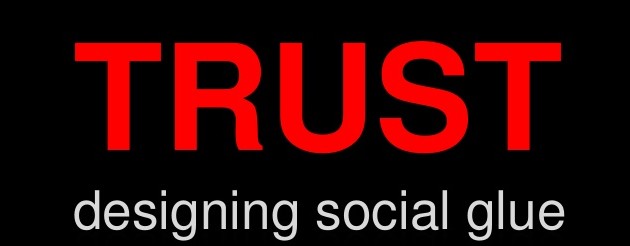An organization’s brand is defined by the totality of everything they do and say. Enduring brands are built on solid corporate narratives that serve as a beacon of trust and yield positive public perception.
| This article was originally published on “Sensei Blogs – A Business Blog with a Point of View” and is reprinted here with permission. |
A colleague recently asked me to take a quick look at a firm he had run across. Let’s call them BizCo. They had been around for years, many of them as a strong market leader. But they now faced a fundamentally different market than they had previously, and they were struggling. New competitors, technologies and pervasive media were also rapidly redefining their market and consumer needs.
A COMPELLING ORIGIN
BizCo had both history and a compelling story. Their origins came out of a very basic human need, and the founder’s goal to help enrich the lives of others came through very clear in every aspect of the firm. This “essence” had helped shape a strong corporate narrative. Or at least it once did.
A BROKEN NARRATIVE
A firm’s corporate narrative is the totality of everything they do and say, all their actions in both analog and digital worlds. This includes marketing, public relations, customer relations, and even their corporate actions, human resources, products and services. All are individual messages of a sort that when combined form a greater narrative that tells the story of the firm.
Unfortunately for BizCo, their individual messages now appeared disjointed, opportunistic and somewhat less than compelling. They were mostly advertising products in a one-off fashion with limited continuity that rarely hinted at the original ideals that shaped its founders vision. Their outward message was wandering, and their corporate narrative broken. Fixable, but broken.
FROM WELCOME TO DISTRESS
Messages that are random, disjointed or unclear can easily be misinterpreted either individually or collectively if they lack context or order. In an age of pervasive media, even well planned messages can fall victim. We may hear individual concepts, but not be able to put them together in a meaningful way. We get confused. And confusion is never good for a brand.
With BizCo, individual messages were targeted but did not reflect the essence of the firm. The result was not a welcoming message as intended but rather a perceived message of disorganization or distress. And from a consumer perspective, messages of distress are often perceived as warnings: Stay away.
WHAT IS YOUR MESSAGE
As your business evolves over time it’s only natural for the narrative to change along with product and customer needs. But if you only write random chapters, or chapters that simply don’t fit, you’re not enriching or extending your narrative. What you think may be positive steps could translate into a message of distress, and very few people are willing to buy from a firm in distress.
“Is your message one of welcome or one of distress and danger?”
When you look at your own company, are you writing a long-term story, or a series of short-form articles? Are you letting your inner essence focus your business decisions, or are you looking for opportunistic quick hits? Do your various messages across different mediums have a consistent theme, and are they true to the vision of your firm?
If you are unsure of your answers, take a moment to reflect and reconnect with your inner essence. Your corporate narrative will thank you.
Image “Long Beach 1933” by California Watch, Licensed under Creative Commons

